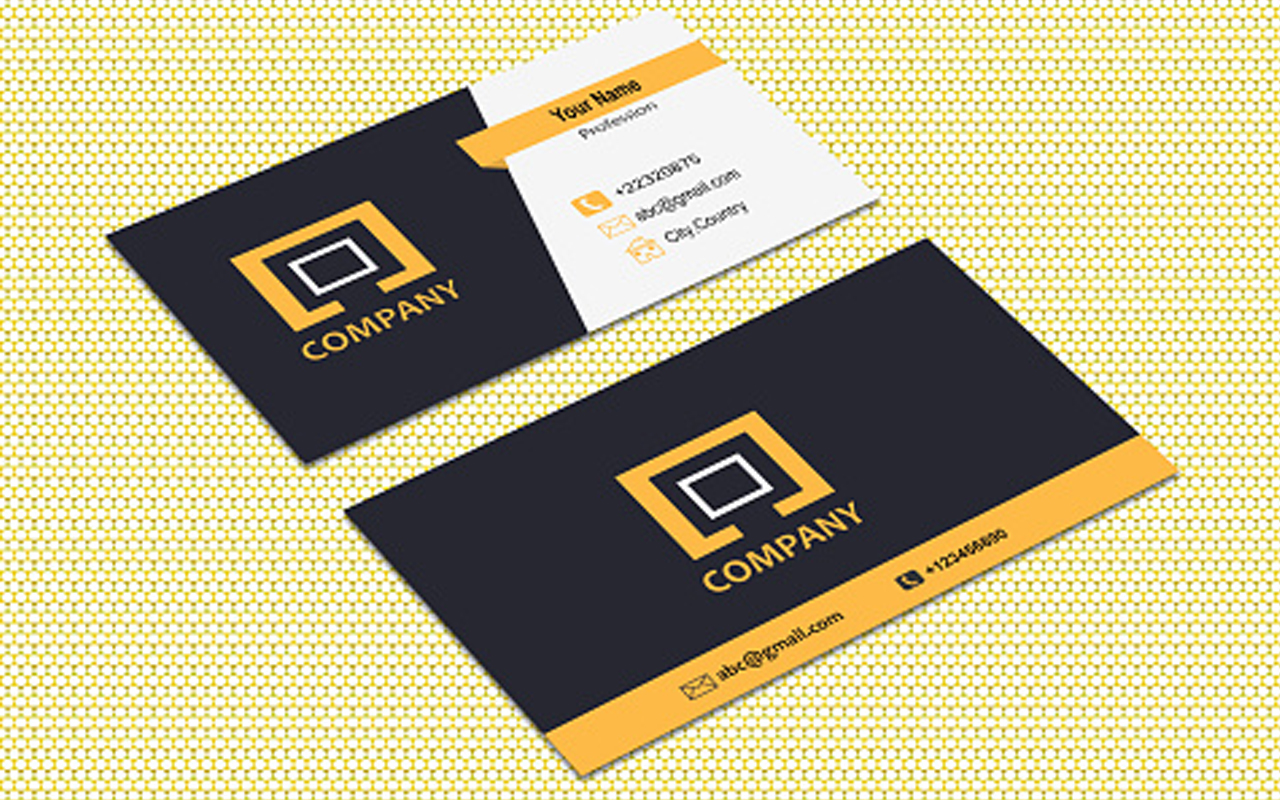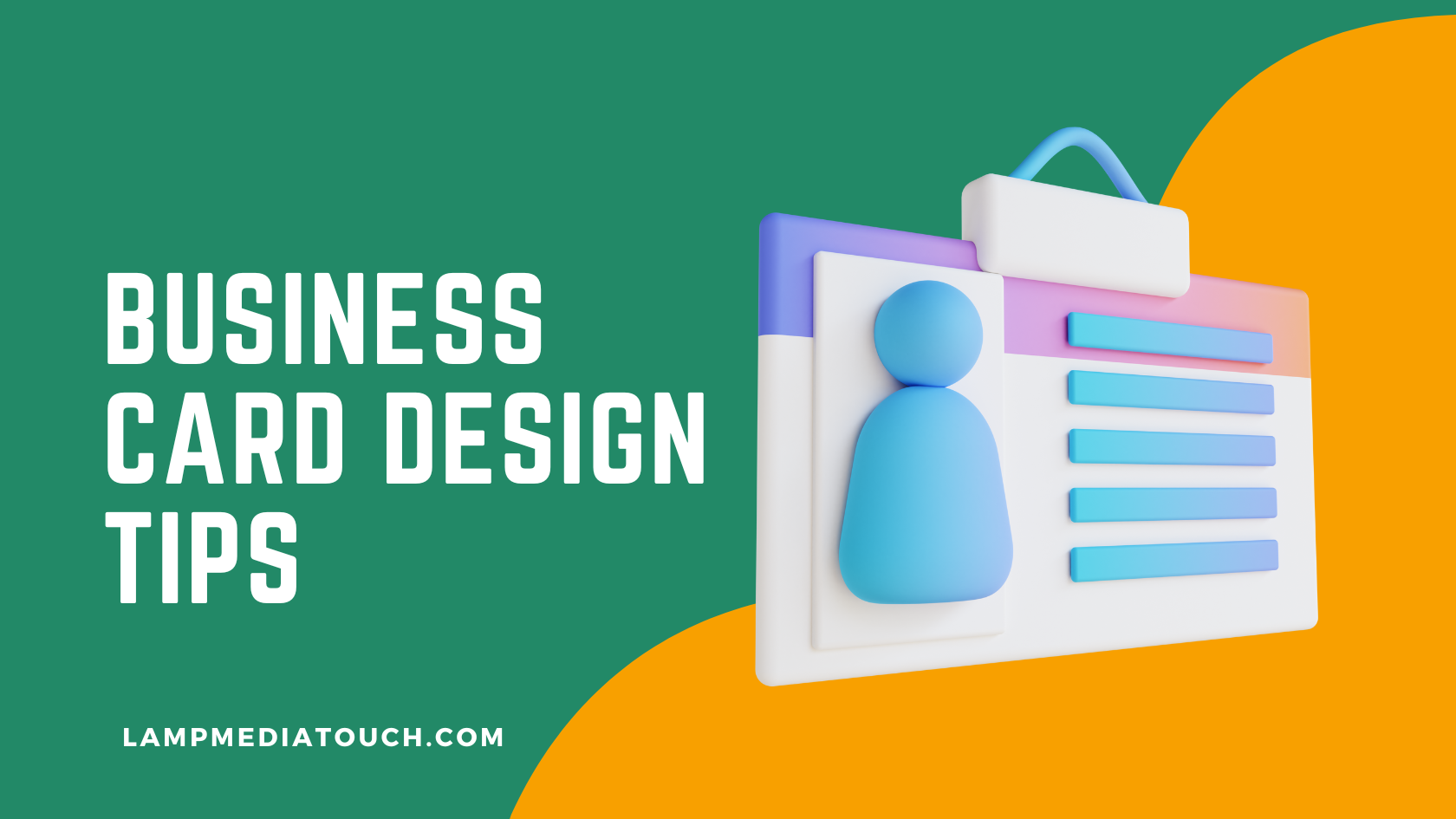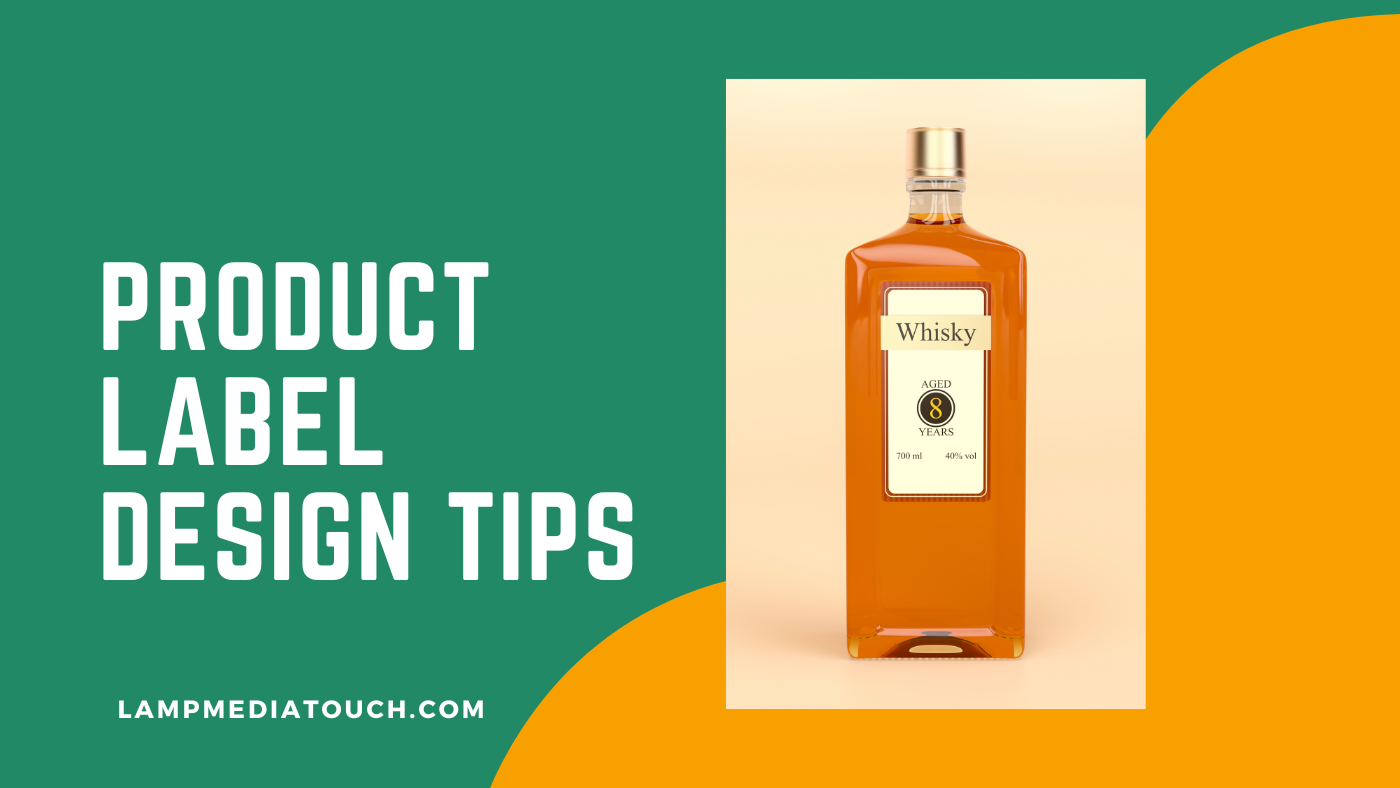Table of Contents
As an author or publisher, you’re well aware that a book’s success hinges on more than just its cover. The interior layout – the arrangement of text and visuals within the book – plays a pivotal role in captivating and retaining readers. The art and science of creating a visually appealing, readable, and genre-appropriate book interior layout design is paramount. In this guide, we will unveil the secrets to crafting a remarkable and functional book interior layout design, shedding light on the importance of graphic design and digital printing in producing high-quality, standout books tailored to your specific genre and style.
Why Optimal Book Interior Layout Design Matters
The significance of an impeccable book interior layout design cannot be overstated. This design facet has the power to:
- Forge an enticing first impression, prompting readers to delve into the book.
- Enhance the readability and comprehension of the content.
- Reflect the personality and style of both the author and book.
- Convey the mood and ambiance of the narrative or subject matter.
- Highlight key points and information within the text.
- Complement and reinforce the book cover design.
- Augment the book’s credibility and professionalism.
- Prevent errors and discrepancies that might disrupt or confuse readers.
- Conform to publishing and printing standards.
Crafting an Outstanding Book Interior Layout Design
Designing an exceptional book interior layout involves a range of essential elements. Here’s a closer look at some key considerations:
Choosing Fonts Wisely
Selecting the right fonts is a cornerstone of effective book interior layout design. Font choice significantly influences readability, aesthetics, and atmosphere. Opt for fonts that align with your genre, target audience, tone, and message. For example, classic and formal genres can benefit from serif fonts like Times New Roman or Garamond, while contemporary themes might call for sans-serif options like Arial or Helvetica. Carefully consider font size, color, style, and spacing to strike a balance that ensures comfortable reading without overwhelming or distracting readers.
Proper Text Alignment
Alignment is pivotal to the success of book interior layout design. It has a direct impact on readability, aesthetics, and structure. Align text based on genre, audience, purpose, tone, and message. Left alignment can evoke a natural, dynamic feel, whereas right alignment exudes formality and stability. Maintain appropriate indentation, hyphenation, justification, and alignment to create a polished appearance that doesn’t disrupt the reader’s experience.
Strategic Image Placement
Images are powerful tools in book interior layout design, enriching text readability, comprehension, and appeal. Integrate relevant, high-quality images that align with your genre, target audience, tone, and message. Whether it’s showcasing recipe steps in a cookbook or supplementing concepts in a textbook, strategic image placement enhances visual engagement. Consider image size, resolution, quality, and harmony with the book’s style and color scheme.
Best Practices and Tips for Successful Book Interior Layout Design
Effective book interior layout design is both an art and a science. Here are some proven best practices and tips to guide you:
Plan with Precision
Before delving into layout design, outline your book’s content and structure meticulously. Establish a clear vision of your design goals and the organization of your content.
Know Your Genre and Audience
Research your genre and target audience to comprehend their expectations and preferences. Analyze similar books in your genre to glean design insights.
Choose Format and Size Strategically
Select an appropriate format and size based on your genre, audience, purpose, and budget. Ensure your choices align with industry standards and publisher/printer requirements.
Employ Professional Software
Utilize dedicated software for book interior layout design, equipped with features such as templates, grids, styles, fonts, and image integration. This specialized software ensures precise control over your design elements. Adobe Indesign is very good for book interior Layout Design.
Thorough Proofreading and Testing
Carefully review your design for errors or inconsistencies in elements like spelling, grammar, alignment, typography, and images. Test your design for readability, aesthetics, and compatibility across various devices and platforms. Seek feedback from unbiased sources.
Conclusion
Mastering the art of book interior layout design is pivotal to the success of your publication. By following the steps and tips outlined in this guide, you can create a captivating, functional layout that resonates with readers and drives sales.
For those seeking to streamline the process and achieve unparalleled results, lampmediatouch.com offers top-tier book interior layout design services. Lampmediatouch is a seasoned printing company specializing in book interior layout design. Their expert team employs cutting-edge software to craft stunning and functional book interiors tailored to diverse genres. By collaborating closely with clients, Lampmediatouch ensures designs meet expectations, resulting in exceptional book interiors. The company’s swift and reliable printing services guarantee the impeccable presentation of your printed books.
Whether you’re tackling a straightforward or intricate book interior layout design, trust lampmediatouch.com to bring your vision to life. Visit their website today to embark on your book interior layout design project, and unlock a world of design possibilities that will leave a lasting impact on your readers.
FAQ
What Exactly is Book Interior Layout Design?
Book interior layout design refers to the creative arrangement and formatting of text and images within a book’s pages. It involves making design decisions about fonts, text alignment, image placement, and overall visual aesthetics. The goal is to create a visually appealing, readable, and cohesive design that complements the book’s content, genre, and style.
How Can Book Interior Layout Design Impact the Reading Experience?
An effective book interior layout design can significantly enhance the reading experience. It improves readability by choosing appropriate fonts, sizes, and spacing. Proper text alignment and strategic image placement make it easier for readers to follow the content. A well-designed layout also sets the tone and mood of the book, contributing to the overall enjoyment and comprehension for readers.
Can I Use Standard Word Processors for Book Interior Layout Design?
While standard word processors can be used for basic layout tasks, they are not optimal for professional book interior layout design. Dedicated design software offers advanced features like precise control over fonts, alignment, spacing, and image integration. Using specialized software tailored for layout design ensures a polished and consistent result.
How Do I Choose the Right Fonts for My Book’s Interior Layout?
Choosing the right fonts involves considering your book’s genre, audience, and tone. For a formal or classic feel, serif fonts like Times New Roman work well. Sans-serif fonts like Arial are better suited for modern or casual themes. Remember to maintain readability by selecting appropriate font sizes, colors, and styles.
What Mistakes Should I Avoid in Book Interior Layout Design?
Avoid overcomplicating the layout with excessive fonts, colors, or formatting styles. Consistency is key – stick to a limited set of fonts, maintain uniform alignment, and use images sparingly and purposefully. Also, be cautious with text and image placement to prevent awkward gaps or overlaps.





